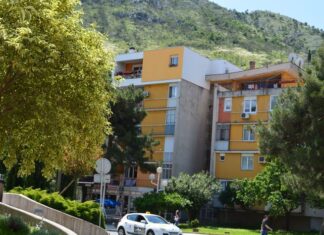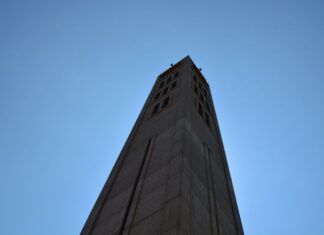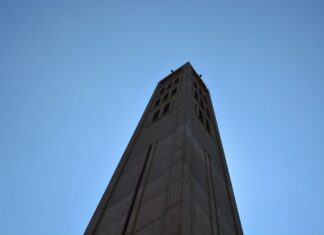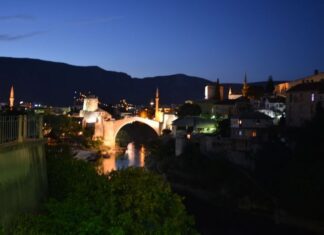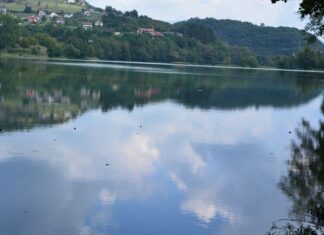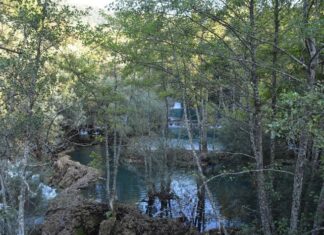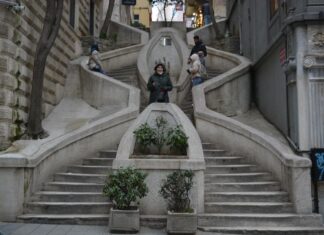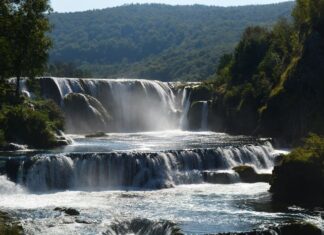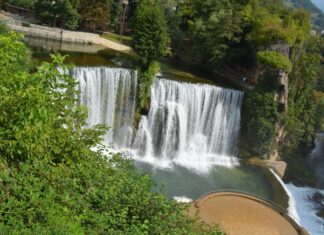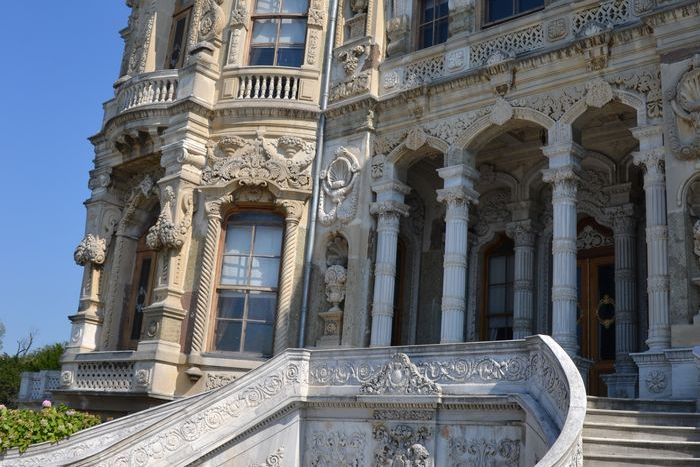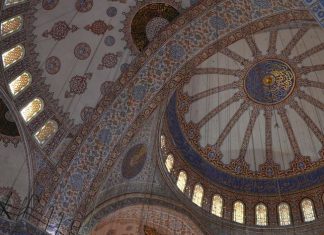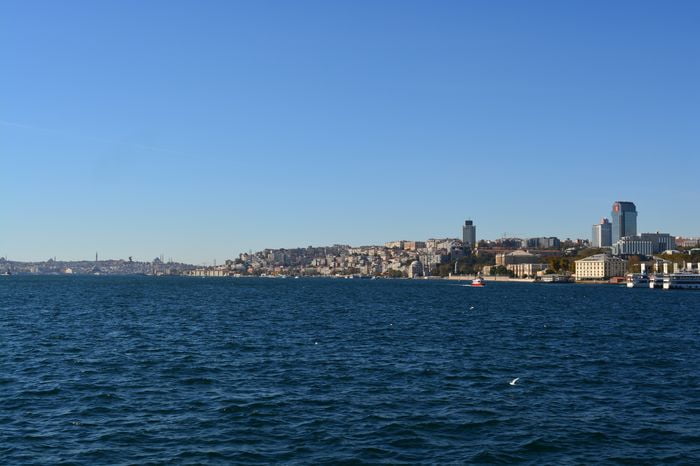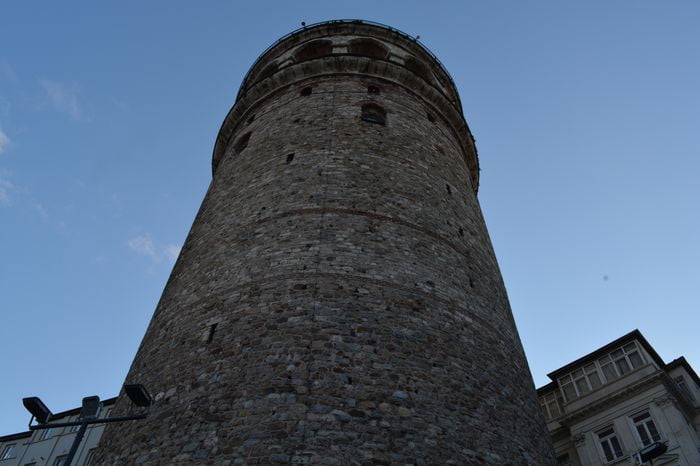Home Blog
The Western Spur and Its Ancient Fortifications
Even though the fortifications around the western spur of the Sixth Hill may have a very old origin, it is wrong to think that...
The Religious Sites and Walls at the Sixth Hill
Two important religious sites—the Church of Blachernae and the Church of St. Nicholas—were located at the foot of the western spur of the Sixth...
The Defensive Lines
The Defensive Lines Around the Western Spur of the Sixth Hill
There were three main lines of fortification built around the western spur of the...
Scutari the City Across the Bosphorus
On the opposite side of the Bosphorus from Stamboul lies Scutari, which stands in relation to it much like Jersey City does to New...
The Bosphorus and Its Strategic Role
At the eastern end of the Sea of Marmara lies the Bosphorus Strait. Like the Hellespont (also known as the Dardanelles), the Bosphorus connects...
The Fez Factory in the Village
In a small village near Constantinople, there is a factory where the fezzes worn by Turkish soldiers are made. These traditional red hats are...
Cistern Construction in the Middle and Late Byzantine Periods
Cisterns as a Response to the Decline of Water Supply
During the middle and late Byzantine periods, Constantinople faced a gradual decline in its water...
The Use of Spolia in Byzantine Cisterns
Unfinished and Reused Capitals in Cisterns
In many Byzantine cisterns, archaeologists have discovered a wide range of unfinished column capitals, some damaged and some still...
Reconsidering the Use of Spolia in Byzantine Constantinople
What Is Spolia and Why Was It Used?
In Byzantine Constantinople, the use of spolia—that is, recycled architectural elements from older buildings—became very common. This...
The Rock Sanctuary of Yazılıkaya
A Sacred Place Near Hattusha
The Yazılıkaya rock sanctuary is located about one mile from Hattusha, the ancient capital of the Hittite Empire. This place...
